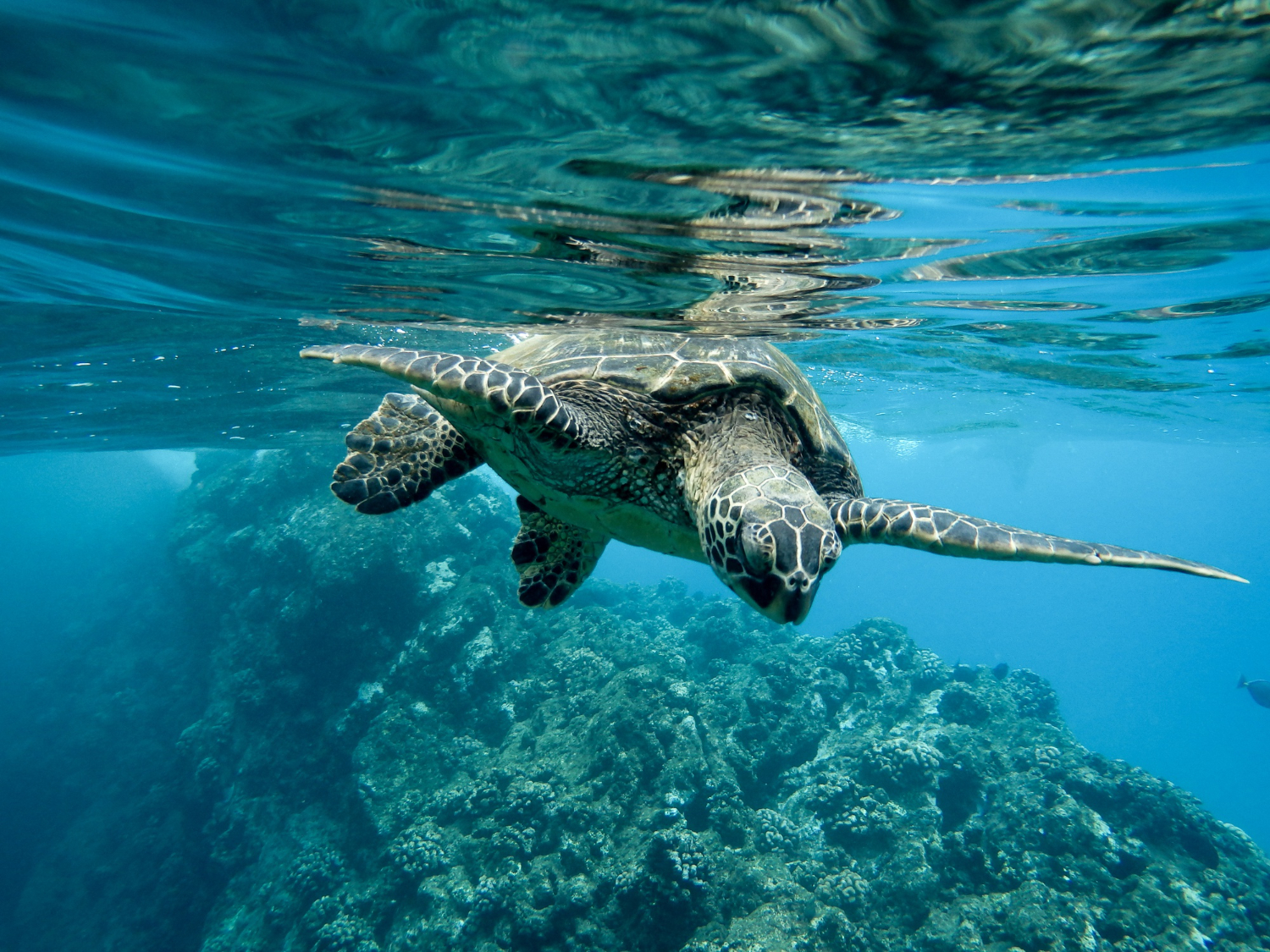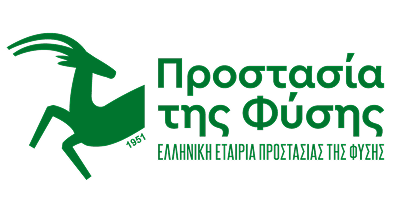Policy Brief on the establishment of a strict protection regime in key ecological areas in Greece

Executive Summary
Recognising the critical need to protect areas of high ecological value in order to effectively tackle the interlinked biodiversity and climate crises, the European Biodiversity Strategy sets a target to “strictly protect at least a third of the EU’s protected areas, including all remaining EU primary and old-growth forests” by 2030.
According to the European Commission, strictly protected areas are areas where natural processes are “left essentially undisturbed from human pressures and threats”. These are “non-intervention areas” where only limited and well-controlled activities that are compatible with the conservation objectives and the ecological conditions and needs of each area are allowed. Scientific studies have shown that the establishment of strictly protected areas (no-take Marine Protected Areas) can bring numerous benefits to marine ecosystems and local communities.
Establishing a strict protection regime in key marine biodiversity areas in Greece not only contributes to achieving the European Biodiversity Strategy target, but can also deliver multiple benefits, including the conservation of marine ecosystems, fish stocks restoration, climate change mitigation and adaptation, and the promotion of sustainable development in local communities, particularly in the fishing and tourism sectors.
This report aims to support Greece in achieving the 10% strict protection target (as an integral part of the 30% marine protected areas target) by clarifying the concept of strict protection and` providing specific recommendations for its implementation. To help Greece achieve the 10% strict protection target by 2030, we recommend the following actions.
Incorporate the 10% strict protection target into national legislation and the forthcoming National Biodiversity Strategy and determine specific steps and actions to achieve it by 2030.
Designate zones within MPAs and define permitted uses in accordance with strict protection, based on the ecological needs of each area, the ecosystem approach, and the precautionary principle. This is a crucial component of the ongoing project to carry out Special Environmental Studies and issue presidential decrees and management plans for all Natura network sites, and the process for establishing two new national marine parks in the Ionian and Aegean Seas, following Greece’s commitment at the 9th Our Ocean Conference in April 2024.
Design marine restoration measures based on strict protection, as part of the National Restoration Plan, in compliance with the new EU Regulation 2024/1991 on nature restoration.
Development of a guidance document by the Ministry of Environment and Energy, in collaboration with the Natural Environment and Climate Change Agency and the “Nature 2000” Committee, to ensure consistent and coherent implementation of strict protection in all MPAs. This will facilitate the ongoing processes for establishing conservation measures in existing MPAs, as well as future initiatives and actions (for example, those outlined in the forthcoming National Biodiversity Strategy).
Establish an expert working group to identify appropriate sites for strict protection (either within existing MPAs or new ones). The proposed areas should be selected based on ecological criteria, with a focus on areas of high biodiversity value, such as carbon-rich ecosystems, fish breeding areas, nurseries, and critical habitats of endangered species.
Develop and implement participatory processes and consultations primarily at the local level (such as, workshops, meetings, dissemination of relevant material on the benefits of strict protection) to raise awareness and inform stakeholders and local communities, and to ensure their active participation in the decision-making process for the establishment of strict protection areas.
Provide strictly protected areas with the necessary means and resources (e.g., for monitoring, surveillance, and inspection) to enable them to effectively implement and enforce protection measures.







